- Home
- James Patterson
Triple Homicide_Thrillers Page 14
Triple Homicide_Thrillers Read online
Page 14
“Conklin, a dead body was found in an apartment building in West Portal. Welky was the first one on the scene, and an ADA just brought him a search warrant. Welky found two IDs in the room and a wallet that belongs to Samuel J. Alton.”
Seriously? There was no way Samuel J. Alton had died twice.
So who was this dead man with his wallet?
Conklin made the excruciatingly slow drive to the middle-class, family-oriented neighborhood. He got stuck at the lights at both the entrance and exit of a three-block shopping district, and then, once he’d gotten free of that, he hit another traffic snarl on a block filled with homey bars and restaurants. Twenty minutes after leaving the Hall, he parked in front of an apartment building on West Portal Avenue, between a cruiser and the coroner’s van. He hopped out of his car and headed toward the crime scene.
The building was a classic midcentury San Francisco–style home with five stories of gray stucco, arched windows, and a view of the West Portal Muni. A half dozen trees out front softened the lines of the building under a clear sky overhead. A light-rail car rattled by as Conklin entered the building. If he hadn’t been summoned there on police duty, he would have never guessed that there had been a murder inside.
The old man behind the front desk pointed to the elevator behind him, then raised four fingers.
Fourth floor. Got it.
Conklin was met upstairs by the two beat cops who’d arrived on the scene first. Their names were Officers Calvin Welky and Mike Brown. Conklin signed the log, put on booties and gloves, and then walked into a clean, bright three-room apartment.
Welky said, “The manager, Mr. Wayne Murdock, said the apartment belongs to one Arthur O’Brien, an actor and probably a junkie. Murdock got a call from O’Brien’s mother. She hadn’t heard from her son in a couple of days. She said he wasn’t returning her calls. Murdock went to the young man’s residence, found his body here, and called it in.”
Conklin looked around the living room. It was dominated by a fifty-two-inch TV. Across the room from it sat a nondescript brown couch. A set of weights took up one corner of the space. It looked to Conklin like this was a single man’s apartment. There were no knickknacks or sentimental items breaking up the uniform brown color palette. But the most telling detail of all was the drug paraphernalia that was scattered across the coffee table.
Conklin noticed a stubby candle, a scorched spoon, a box of matches, and a flock of opaque glassine envelopes that were coated with white powder.
Conklin walked to the bedroom, stood in the doorway, and nodded to the two CSIs who were photographing the dead man. His body was lying in the center of the unmade bed.
Conklin said hello to Claire and Bunny, and then he took in the whole of the room. There were movie posters on the walls, a laundry bag by the window, a desk with an open laptop computer, and a knapsack up against the wall. His eyes went back to the dead man lying in a relaxed fetal position.
If you squinted, you could almost imagine that Arthur O’Brien was sleeping.
Conklin wished that he could shake the man to ask him some questions.
Who are you, bud? Why do you have Sam Alton’s wallet?
CHAPTER 20
CLAIRE WASHBURN PHOTOGRAPHED the deceased from every angle with her old Minolta camera while she and Bunny waited for Rich Conklin to arrive.
The dead man’s real name was Arthur O’Brien. He was white and in his thirties, but since that’s where his similarities to Samuel J. Alton ended, it was a wonder that he was in possession of Alton’s identification.
Arthur O’Brien didn’t have a double chin or love handles. He was as thin as a rail, and had spiky blond hair and a square diamond earring in one ear. He wore jeans and a long-sleeved blue knit shirt. One of his sleeves was rolled up, almost to the shoulder, revealing a length of rubber tubing knotted around his left biceps. The track marks that ran down his arm showed that this had not been his first time at the rodeo. The syringe was lying on the sheets about three inches from his right hand, and there was a puddle of vomit on a pillow.
Probable cause of death: suicide, most likely unintended.
Conklin came through the door. He pushed his hair out of his eyes, then checked out the room and the body. Then he said to her, “Don’t commit yourself, but what are your thoughts?”
She said, “I’ll send out the blood sample in the morning and do the post, but he’s cold. On the face of it, he OD’d and I’d say he’s been dead at least twenty-four hours.”
Claire lifted up the dead man’s shirt and pushed a thermometer into the skin above his liver. Then she waited a minute before reading it.
She said, “I’d estimate that this man’s death occurred more than thirty hours ago. That means it happened early Monday morning.”
“The wallet’s over there,” Welky told Conklin, pointing toward the dresser opposite the bed. Conklin walked over, picked it up, and took a look at its contents. Claire had already seen the wallet. It was good quality and was made from tan-colored calf’s skin. The initials SJA were embossed in one corner.
Inside was Samuel Alton’s driver’s license. The photo on the identification card matched the face of the man who had been found dead in Joan Murphy’s embrace.
“One twenty in cash in the billfold,” said Welky, “along with four credit cards and a dozen business cards. Everything seems to belong to Samuel Alton, Avantra Insurance, San Bernardino. Inspector, there’s also a backpack you’ll want to see here.”
Brown picked up the backpack that had been leaning against the wall and set it down on the desk. Claire left the deceased and went over to watch Conklin go through the contents of the bag.
He hefted it, undid the zipper, and said, “Call me crazy, but I’m feeling lucky.”
Conklin put his hand into the backpack and removed the first item: a snub-nosed Smith & Wesson, small, what was known as a .38 Special. It held six bullets. He showed Claire the chamber. There was only one bullet left inside.
She thought, The first three went into Alton’s back and arm, and the last two went into Joan Murphy’s shoulder and hip. That adds up.
Conklin handed the weapon off to a CSI, saying, “That goes to ballistics right away, Boyd. It looks like it could be evidence in an active homicide case.”
A few more items came out of the backpack, including a bag of chocolate chip cookies and an empty liter-sized Coke bottle with a hole in the bottom. Conklin held up the plastic bottle. He knew that on the street, this sort of thing was used as a suppressor. If a killer screwed the gun into the mouth of the bottle and fired, the bottle would silence the gunshot.
The next item in the bag was a gray T-shirt. Richie sniffed it and said, “Gunpowder.”
He handed the shirt and the bottle off to Boyd. Then he put both hands into the bag and took out a red-patterned kerchief that was neatly folded into a bundle. He said, “This is so heavy, it almost feels like it’s alive.”
Claire saw that the object inside that kerchief was jointed and pointy. Maybe it wasn’t one item, but a number of many small pieces wrapped up together. Conklin set the makeshift package down on the desk and turned to Wallace, the CSI who was holding the camera, saying, “Please shoot the hell out of this.”
Rich opened the kerchief one fold at a time, exposing a pair of very sparkly earrings, two chunky rings, three diamond encrusted cuff-style bracelets, and a twenty-two-inch white metal chain necklace with a large diamond pendant.
He stared at the glittering array for a long moment. Maybe he was dazzled, thought Claire. Because it was dazzling.
“What do you think of this?” he said to her. “Is it a million dollars’ worth of diamonds?”
Claire said, “If it all came from Cartier or Harry Winston, that batch could be worth multiples of that. But I know one thing for sure: those are Joan’s jewels. I recognize most of it from that second honeymoon photo that was in her wallet. I’ll bet she never expected to see these pieces again.”
Conklin dug around
in the main section of the backpack some more but came up empty-handed. Then he opened a zippered pocket in the front and took out a wallet. This one was slim, holding only one credit card and a driver’s license. He showed Claire the photo on the license. It belonged to the man on the bed, Arthur O’Brien.
Claire said, “There’s another pocket on the side there, Richie.”
The pocket was tight and the fabric seemed to resist the insertion of his gloved fingers. Conklin persisted. At last, he pulled out a green plastic hotel key card.
He showed it to Claire and put it down on a corner of the desk. He asked Wallace to take a couple of shots of the card. On the center of the card were the words Warwick Hotel.
“Beautiful,” he said to Claire. “Assuming the gun in the backpack killed Sam Alton, Arthur O’Brien has tied up all the loose ends and wrapped up the case against himself.”
Claire nodded curtly as she handed off the pillowcase with the vomit on it. That’s when she found the cell phone in the bedding. She held it up to Rich and said, “He might have even tied up that package with a bow on top,” she said. “I wonder who Mr. O’Brien had been calling in the weeks before he died.”
CHAPTER 21
CONKLIN MADE PHONE calls from his car as Claire supervised the transport of Arthur O’Brien’s body and belongings into her van.
First he called John Sackowitz, and then he patched Brady into the call and told both of them what he knew.
He said, “It looks like O’Brien died from an accidental drug overdose. The deceased was in possession of a backpack that was a forensic lab’s dream. There’s a recently fired .38 with one slug left in the six-chamber cylinder and a street suppressor. Also, get this, we found a key card from the Warwick. I’m going to take a wild guess and say it opens room three twenty-one.”
Sac and Brady were suitably impressed and excited.
Conklin kept going. He was on a roll.
“How’d he get the card? This, I don’t know. But we have his cell phone. Maybe his call history will give up the other players in this thing. Oh, and to really seal the deal here,” Conklin said, “Joan Murphy’s diamonds were also in O’Brien’s backpack. All of them, and they were nicely wrapped in a bandana. CSI found O’Brien’s prints on all of it.”
Brady said, “Good work, Inspector Conklin. Take a bow and the night off.”
It was a quarter to six, so Conklin called Cindy and said, “I’ll pick up a pizza.” Then he sent her a phone kiss.
After that, he called Joan Murphy’s phone and left a voice mail. “Joan, this is Rich Conklin. We’ve recovered your jewelry. There are about three pounds of diamonds here, including that pendant that I think belonged to your mother. Call me, please. We’ll need you to identify it.”
He clicked off and then spoke to the disconnected phone, “And by the way, Joan, I also need to talk to you about Sam Alton and Arthur O’Brien, both of whom are now deceased. You’re starting to look like the center of a category 5 storm to me.”
His phone buzzed.
It was Joan.
It was almost as if she’d heard him.
She said, “Hi, Richard. I’m doing all right. Keeping it together. I want to remind you that someone tried to murder me. I don’t want to give this person another shot at it. You understand what I’m saying, don’t you?”
“Where are you? Everyone’s been worried about you. Robert called you in as a missing person.”
“Never mind that. Look, Richard, the important thing is that I think I know who was behind all of this.”
But then the phone went dead in his hand.
Conklin hit the Return Call button. He listened to the ringtone and got Joan’s outgoing voice mail message.
“This is Joan. You know what to do.”
Conklin said, “Call me back, Joan. Call me.”
He got out of his car and walked over to Claire. She was shutting the back doors to the van.
“Joan just called me. She won’t tell me where she is, but she said that she’s staying out of harm’s way. Then she hung up on me.”
“Curiouser and curiouser,” said Claire.
“Do you get the feeling,” Rich asked Claire, “that she’s making things harder for us on purpose? Why would she do that?”
CHAPTER 22
THAT NIGHT CINDY and Rich got into bed before ten. It was an early night for them and that was a kind of blessing.
It was good to be home. Their apartment on Kirkham Street was small and cozy. They’d decorated it together so that it fit them like a hug.
Richie’s arm was around Cindy, and she was wrapped around him with her cheek pressed to his chest. Streetlights sliced through the blinds, striping the walls and ceiling. Their alarm clocks were set. They each had glasses of water on their nightstands, and she had the extra blanket. Rich had the king-sized pillow behind his back.
And they had the luxury of these quiet hours to talk about their days. She loved listening to the sound of his voice.
Rich was telling her about Arthur O’Brien, the shooter who’d killed Samuel J. Alton and wounded Joan Murphy. He explained how Arthur had been the one to steal her jewelry, expose her affair, and then step off stage into the shadow of death.
“And after all this craziness about whodunnit and why,” said Rich, “he keeps all the evidence in his backpack and leaves it for us to find.”
“Careless,” said Cindy. “It’s basic hit man 101. The first thing you do is get rid of the gun.”
“That’s the thing, Cin. He was not a pro. Not even semi. Still, he got a key card, got an unregistered gun, shot two people, and ditched with the jewels. He got out of the hotel just like that. Shazam.”
“It seems too neat,” said Cindy. “How did a drug addict and occasional film extra get onto Joan and her jewels? Someone had to have put him up to it. If I had to guess, someone gave him a playbook.”
“You’re right. We downloaded the call log on his phone. We found a lot of stuff there, but at first look, nothing was incriminating. He called his mother regularly. He had a few friends, none of whom connected him to Alton or the Murphys. But then we found several calls to a burner phone in his call history. If he was given instructions, I bet it went through that phone. I’m thinking that if O’Brien was the shooter, he was supposed to cash in the jewels. But he flamed out before he could collect his check.”
Cindy asked, “What’s your next move?”
“Wait for the lab reports. Sam Alton’s widow wants justice. The Murphys are out of it. Joan is alive. She has the jewelry plus a great story for all of her dinner parties, and a couple of decorative scars.
“I don’t understand her,” Rich continued. “I’d expect her to want me to catch the person who did this and killed Sam.”
“That might be the snag,” said Cindy. “Maybe she doesn’t want to admit to having an affair with Sam.”
“Sure. Maybe that would torpedo her marriage. But do you think that Robert doesn’t know? Is he really so clueless? Or is he grilling her when the cops aren’t there? Is that what’s making her stick to her story? ‘I was drugged and kidnapped and shot and I don’t know who that hairy fat guy was who was found naked on top of me.’”
Cindy laughed and Rich joined her.
It was all so crazy.
But it was just the kind of mystery Cindy loved to solve.
CHAPTER 23
THE NEXT MORNING, Cindy and Rich said good-bye on the street and got into their cars. Rich headed to the Hall, and Cindy set her course toward Seacliff.
She didn’t tell Rich where she was going. She knew what he would say. “You’re poking into a police investigation. It’s dangerous.” Or words to that effect. Either way, it wouldn’t be something she’d want to hear.
If she listened to Rich and some of her well-meaning friends, she’d be writing a fashion column. Or maybe pieces about local politics.
But she was a crime writer. Crime was not just her beat at the Chronicle, it was her passion. She’d written a b
estselling true-crime book, sold two hundred fifty thousand copies in paperback, and had a standing offer from her publisher that he’d entertain any book ideas she might have. So, yeah.
And then she laughed out loud at the realization that she was justifying her job to herself.
She drove from her apartment through Golden Gate Park on Crossover Drive and then continued into the Richmond District toward Seacliff. She checked the house numbers on El Camino Del Mar, a street populated with mansions and set back from the road. She slowed the car and took in the gateposts bracketing a stucco wall. This was the house. The iron gates were closed.
Cindy cruised past the house, slowing as she saw another break in the wall. This gate was also made of wrought iron, but it wasn’t as wide. Only one car could fit through it at a time.
Cindy saw that there was a driveway beyond the gate. It seemed to be a service entrance, and it looked to her as though the gate had been left open.
Cindy drove farther down the road, parked her Acura on the verge, and got out. Since it was eight thirty in the morning, she had the street to herself, though she could hear the distant sound of a power tool up the road. It was either a chainsaw or blower. When one car came toward her, a Lexus with tinted windows, she busied herself on her phone until the car passed by.
Then, she crossed the road and walked directly to the service entrance gate.
Cindy pulled on the handle and the gate swung open. She slipped inside and carefully closed the gate behind her. She stopped in her tracks, looking around at the grassy lawns beyond the drive. There was a barnlike machine or tool shed to her left and beyond that a pathway of beckoning stone steps cut into a steep upward slope in the lawn.
Right now, she was “snooping,” as it was called in the trade. But once she’d climbed those steps, it would no longer be fun and games. She’d have no believable excuse. It would be trespassing, plain and simple.
She stopped for a moment and put her game face on. Then she climbed up every one of those thirty steps. Technically, she wasn’t breaking in. She was looking for someone to interview about a pretty interesting story that centered around a murder and the robbery of an impressive jewelry collection. If she got lucky, she’d run into Joan while she was wandering around the premises. And if she got really lucky, Joan would remember her from Claire’s office.

 Miracle at Augusta
Miracle at Augusta The Store
The Store The Midnight Club
The Midnight Club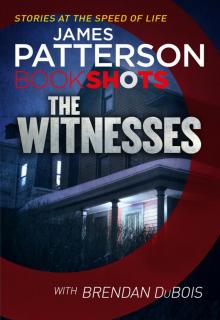 The Witnesses
The Witnesses The 9th Judgment
The 9th Judgment Against Medical Advice
Against Medical Advice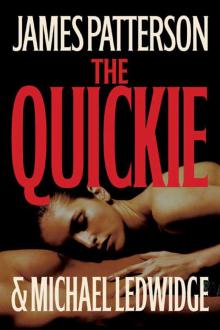 The Quickie
The Quickie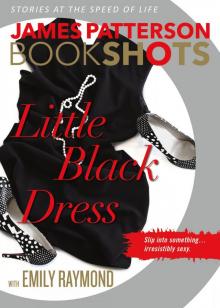 Little Black Dress
Little Black Dress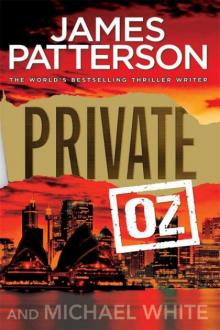 Private Oz
Private Oz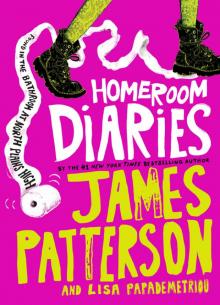 Homeroom Diaries
Homeroom Diaries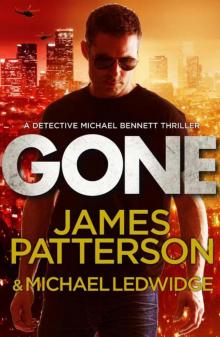 Gone
Gone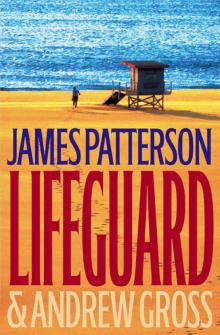 Lifeguard
Lifeguard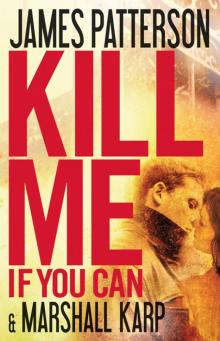 Kill Me if You Can
Kill Me if You Can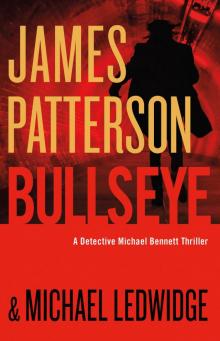 Bullseye
Bullseye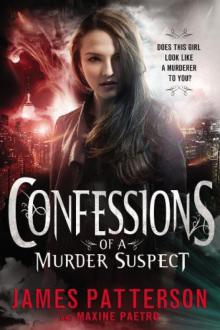 Confessions of a Murder Suspect
Confessions of a Murder Suspect Black Friday
Black Friday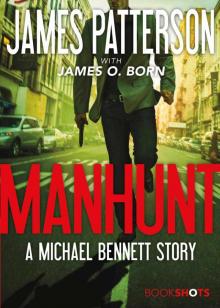 Manhunt
Manhunt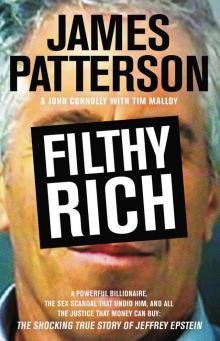 Filthy Rich
Filthy Rich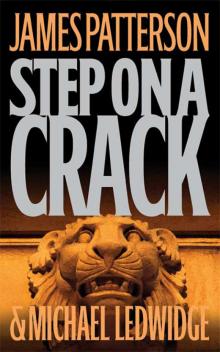 Step on a Crack
Step on a Crack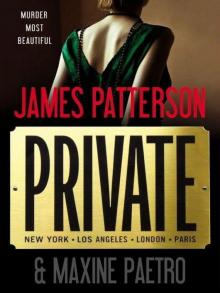 Private
Private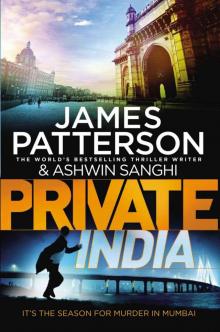 Private India
Private India Game Over
Game Over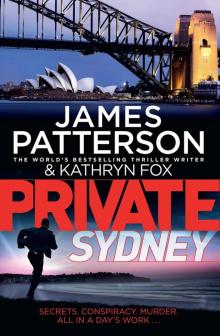 Private Sydney
Private Sydney The Murder House
The Murder House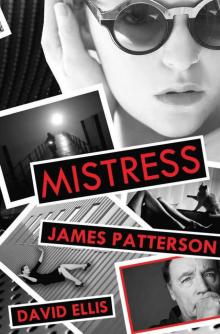 Mistress
Mistress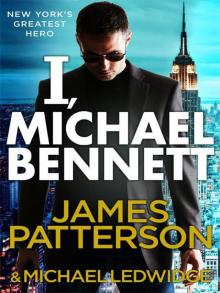 I, Michael Bennett
I, Michael Bennett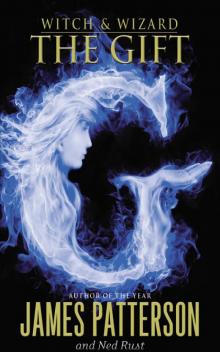 The Gift
The Gift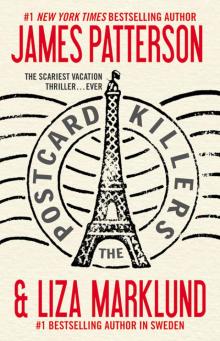 The Postcard Killers
The Postcard Killers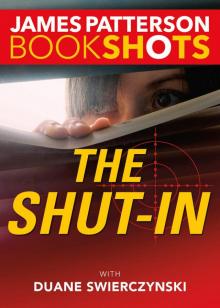 The Shut-In
The Shut-In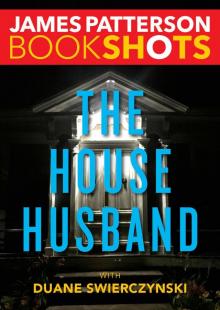 The House Husband
The House Husband The Lost
The Lost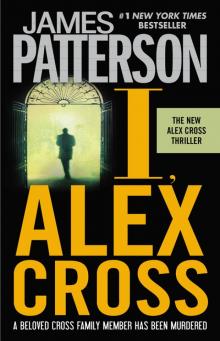 I, Alex Cross
I, Alex Cross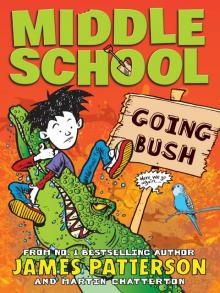 Going Bush
Going Bush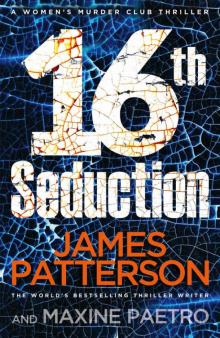 16th Seduction
16th Seduction The Jester
The Jester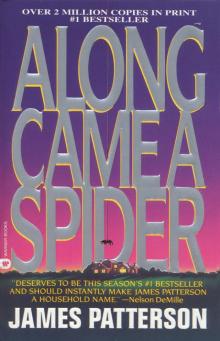 Along Came a Spider
Along Came a Spider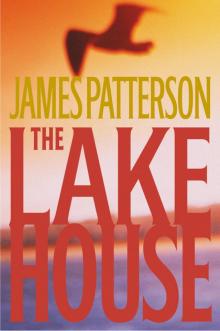 The Lake House
The Lake House Four Blind Mice
Four Blind Mice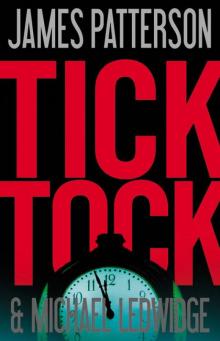 Tick Tock
Tick Tock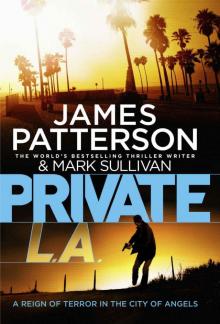 Private L.A.
Private L.A.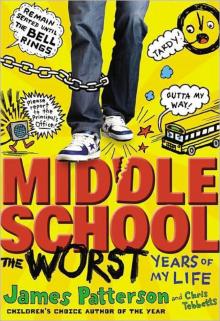 Middle School, the Worst Years of My Life
Middle School, the Worst Years of My Life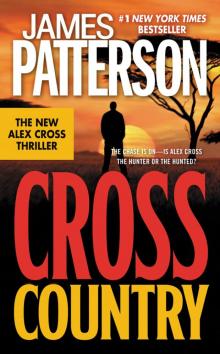 Cross Country
Cross Country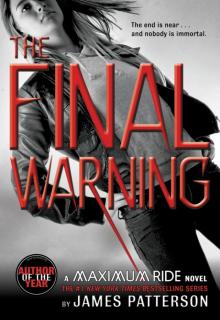 The Final Warning
The Final Warning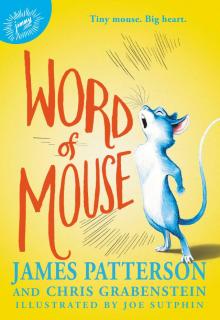 Word of Mouse
Word of Mouse Come and Get Us
Come and Get Us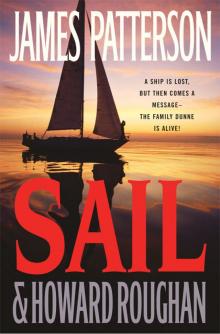 Sail
Sail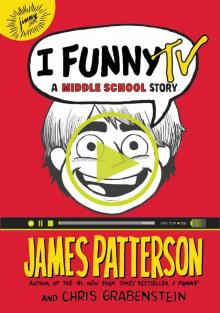 I Funny TV: A Middle School Story
I Funny TV: A Middle School Story Private London
Private London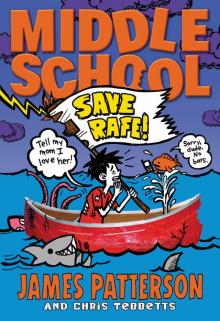 Save Rafe!
Save Rafe!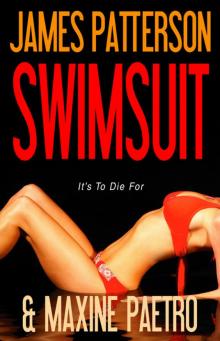 Swimsuit
Swimsuit Sam's Letters to Jennifer
Sam's Letters to Jennifer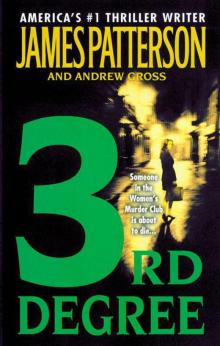 3rd Degree
3rd Degree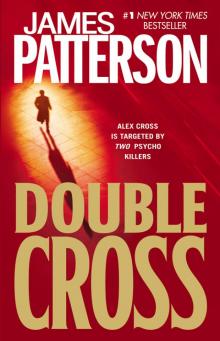 Double Cross
Double Cross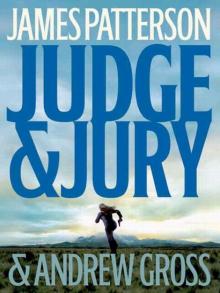 Judge & Jury
Judge & Jury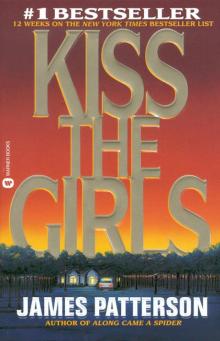 Kiss the Girls
Kiss the Girls Second Honeymoon
Second Honeymoon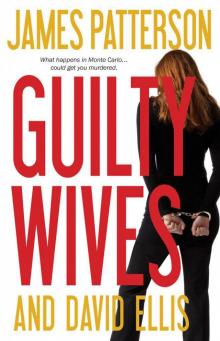 Guilty Wives
Guilty Wives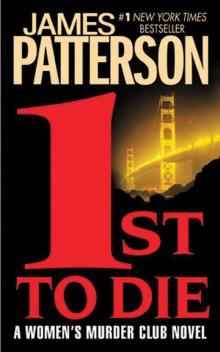 1st to Die
1st to Die NYPD Red 4
NYPD Red 4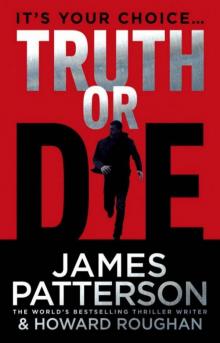 Truth or Die
Truth or Die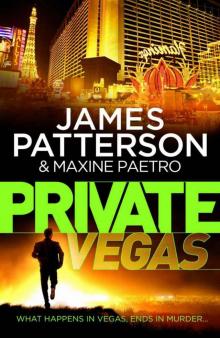 Private Vegas
Private Vegas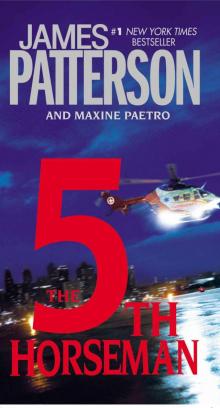 The 5th Horseman
The 5th Horseman 7th Heaven
7th Heaven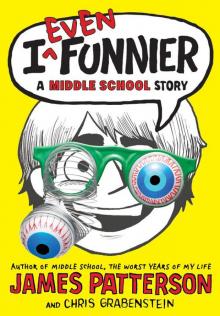 I Even Funnier
I Even Funnier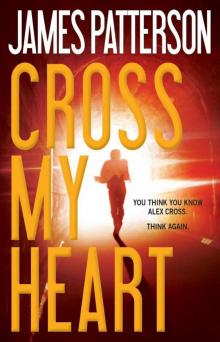 Cross My Heart
Cross My Heart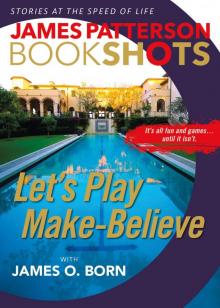 Let’s Play Make-Believe
Let’s Play Make-Believe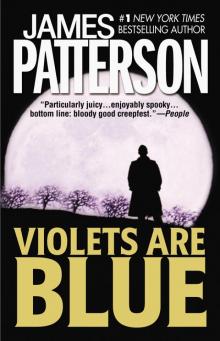 Violets Are Blue
Violets Are Blue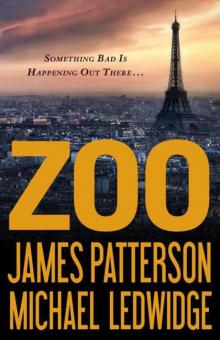 Zoo
Zoo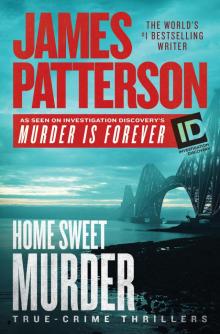 Home Sweet Murder
Home Sweet Murder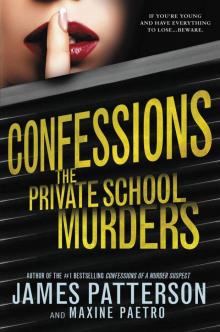 The Private School Murders
The Private School Murders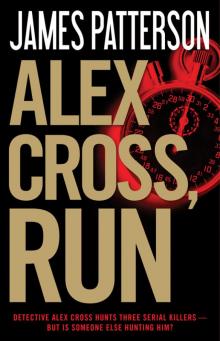 Alex Cross, Run
Alex Cross, Run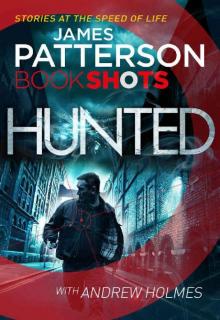 Hunted: BookShots
Hunted: BookShots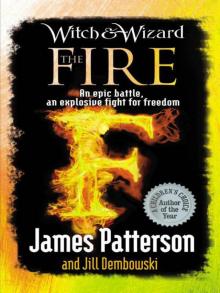 The Fire
The Fire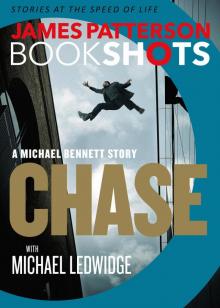 Chase
Chase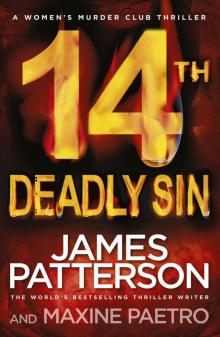 14th Deadly Sin
14th Deadly Sin Bloody Valentine
Bloody Valentine The 17th Suspect
The 17th Suspect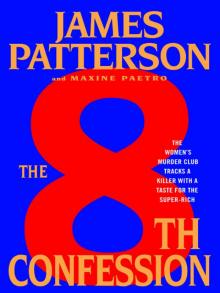 The 8th Confession
The 8th Confession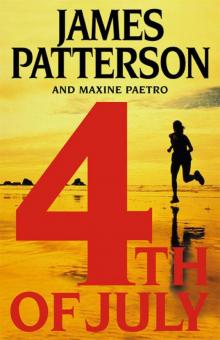 4th of July
4th of July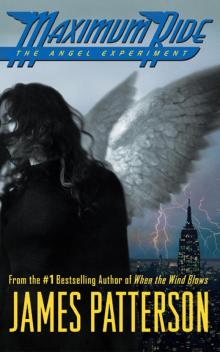 The Angel Experiment
The Angel Experiment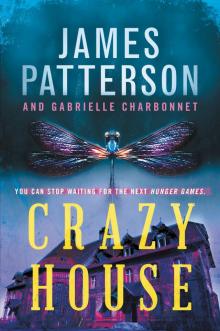 Crazy House
Crazy House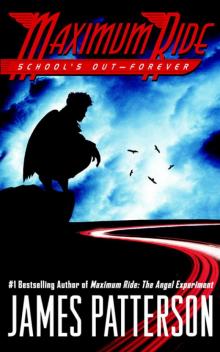 School's Out - Forever
School's Out - Forever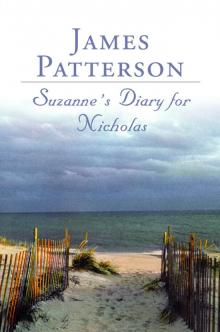 Suzanne's Diary for Nicholas
Suzanne's Diary for Nicholas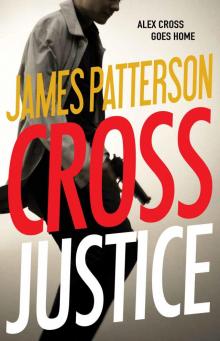 Cross Justice
Cross Justice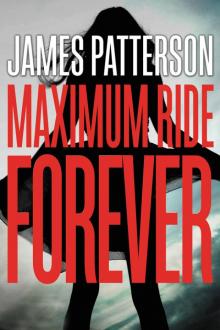 Maximum Ride Forever
Maximum Ride Forever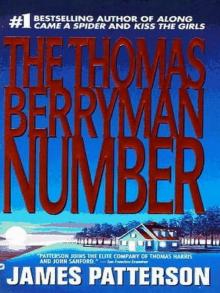 The Thomas Berryman Number
The Thomas Berryman Number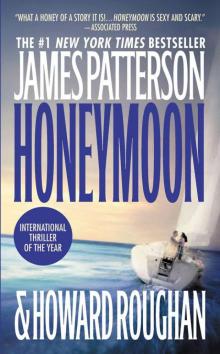 Honeymoon
Honeymoon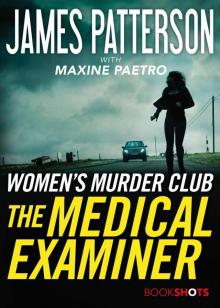 The Medical Examiner
The Medical Examiner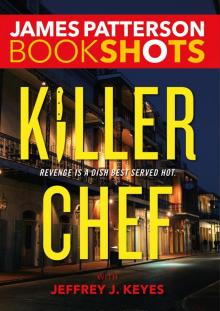 Killer Chef
Killer Chef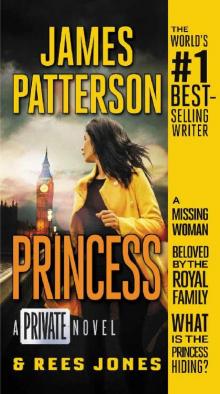 Private Princess
Private Princess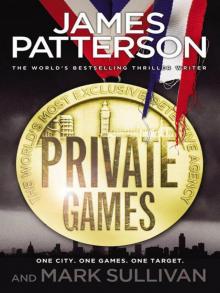 Private Games
Private Games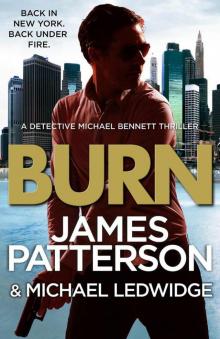 Burn
Burn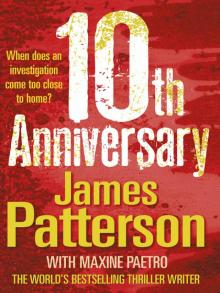 10th Anniversary
10th Anniversary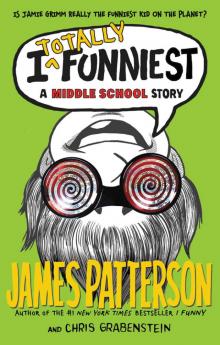 I Totally Funniest: A Middle School Story
I Totally Funniest: A Middle School Story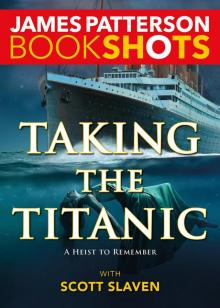 Taking the Titanic
Taking the Titanic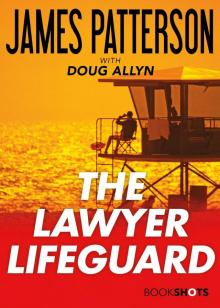 The Lawyer Lifeguard
The Lawyer Lifeguard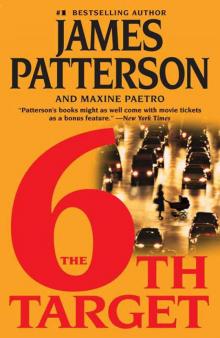 The 6th Target
The 6th Target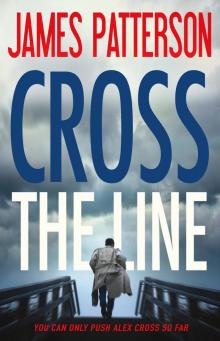 Cross the Line
Cross the Line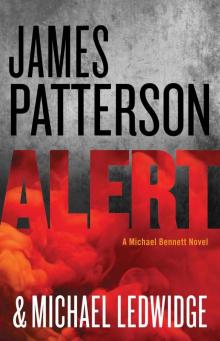 Alert
Alert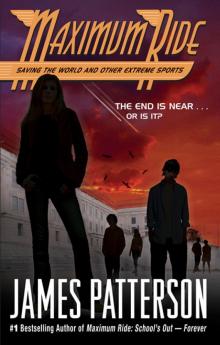 Saving the World and Other Extreme Sports
Saving the World and Other Extreme Sports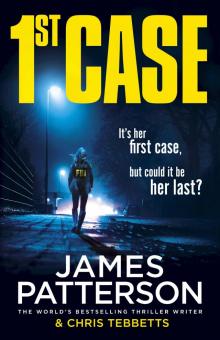 1st Case
1st Case Unlucky 13
Unlucky 13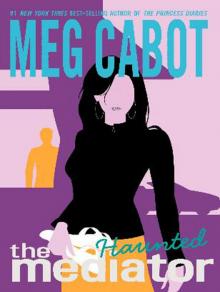 Haunted
Haunted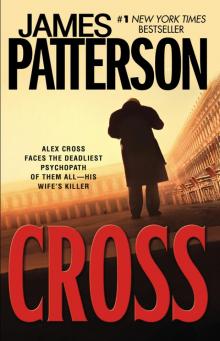 Cross
Cross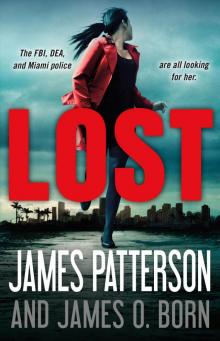 Lost
Lost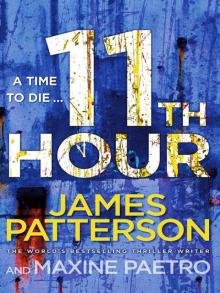 11th Hour
11th Hour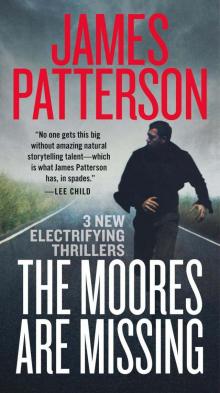 Bookshots Thriller Omnibus
Bookshots Thriller Omnibus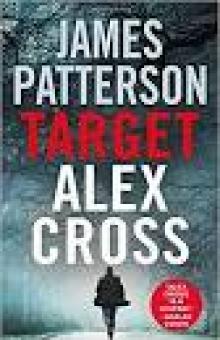 Target: Alex Cross
Target: Alex Cross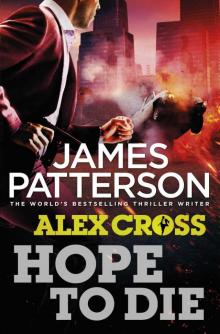 Hope to Die
Hope to Die The Noise
The Noise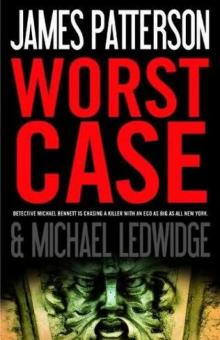 Worst Case
Worst Case Dog's Best Friend
Dog's Best Friend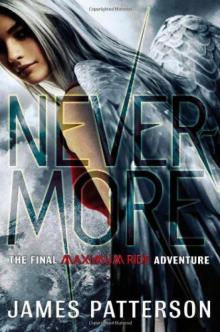 Nevermore: The Final Maximum Ride Adventure
Nevermore: The Final Maximum Ride Adventure I Funny: A Middle School Story
I Funny: A Middle School Story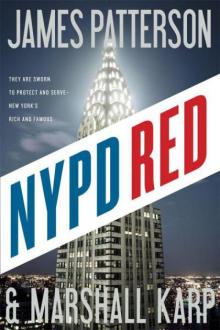 NYPD Red
NYPD Red Till Murder Do Us Part
Till Murder Do Us Part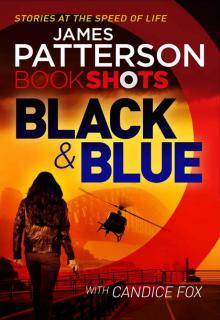 Black & Blue
Black & Blue Fang
Fang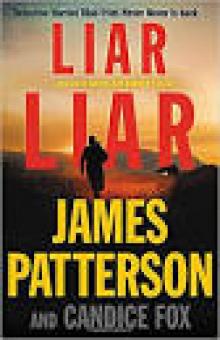 Liar Liar
Liar Liar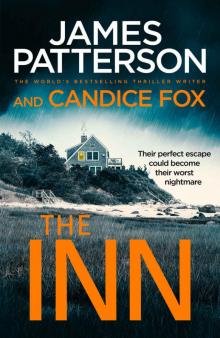 The Inn
The Inn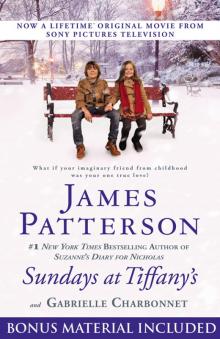 Sundays at Tiffany's
Sundays at Tiffany's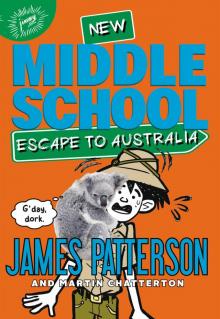 Middle School: Escape to Australia
Middle School: Escape to Australia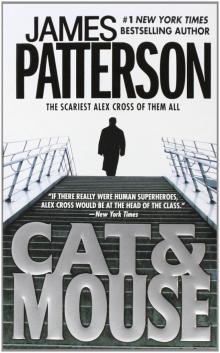 Cat and Mouse
Cat and Mouse Instinct
Instinct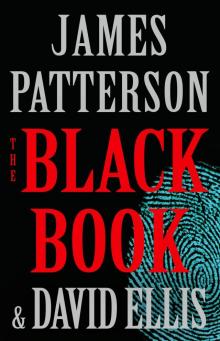 The Black Book
The Black Book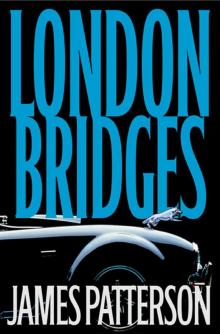 London Bridges
London Bridges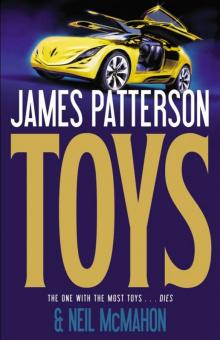 Toys
Toys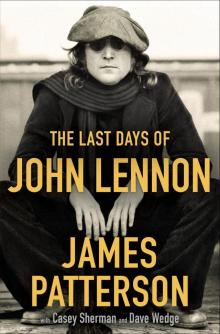 The Last Days of John Lennon
The Last Days of John Lennon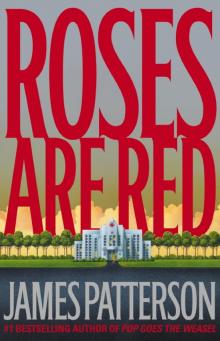 Roses Are Red
Roses Are Red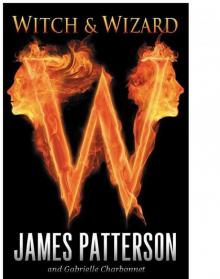 Witch & Wizard
Witch & Wizard The Dolls
The Dolls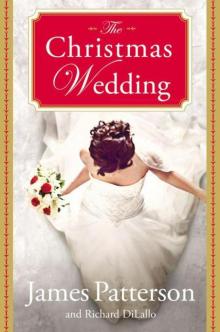 The Christmas Wedding
The Christmas Wedding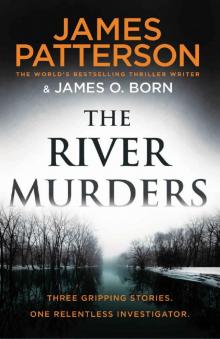 The River Murders
The River Murders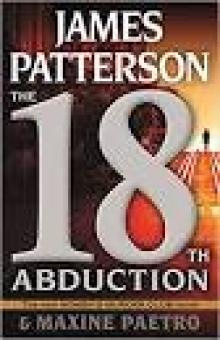 The 18th Abduction
The 18th Abduction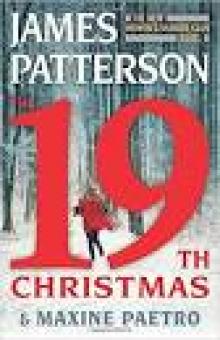 The 19th Christmas
The 19th Christmas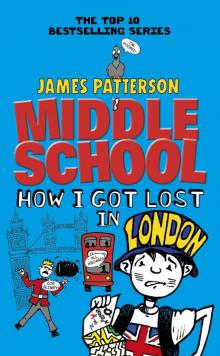 Middle School: How I Got Lost in London
Middle School: How I Got Lost in London Just My Rotten Luck
Just My Rotten Luck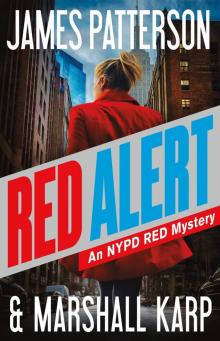 Red Alert
Red Alert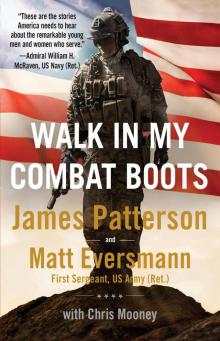 Walk in My Combat Boots
Walk in My Combat Boots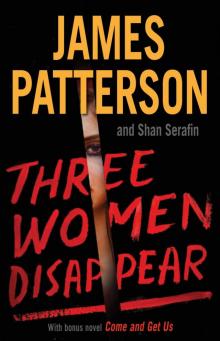 Three Women Disappear
Three Women Disappear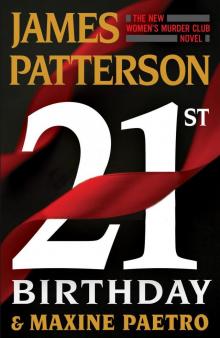 21st Birthday
21st Birthday All-American Adventure
All-American Adventure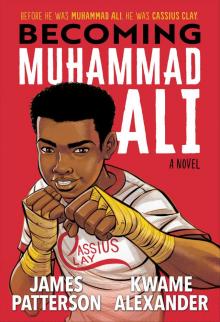 Becoming Muhammad Ali
Becoming Muhammad Ali The Murder of an Angel
The Murder of an Angel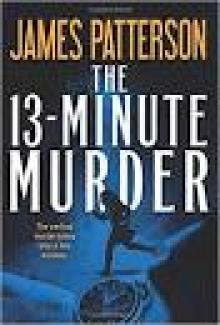 The 13-Minute Murder
The 13-Minute Murder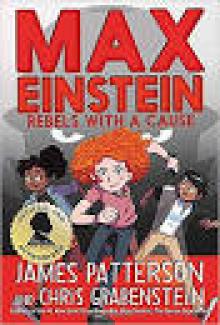 Rebels With a Cause
Rebels With a Cause The Trial
The Trial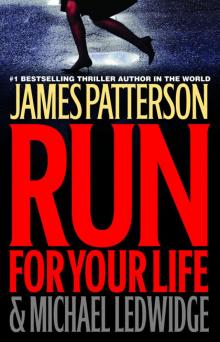 Run for Your Life
Run for Your Life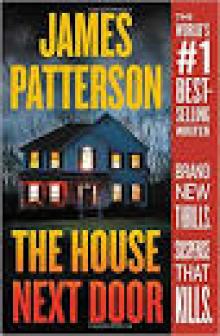 The House Next Door
The House Next Door NYPD Red 2
NYPD Red 2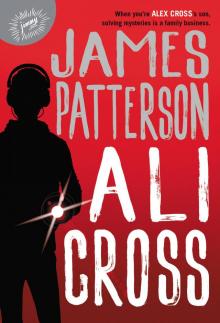 Ali Cross
Ali Cross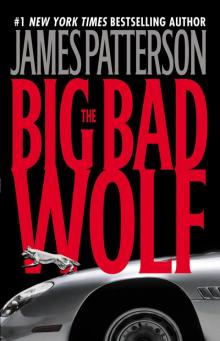 The Big Bad Wolf
The Big Bad Wolf Middle School: My Brother Is a Big, Fat Liar
Middle School: My Brother Is a Big, Fat Liar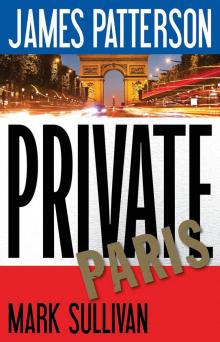 Private Paris
Private Paris Miracle on the 17th Green
Miracle on the 17th Green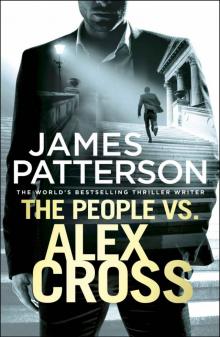 The People vs. Alex Cross
The People vs. Alex Cross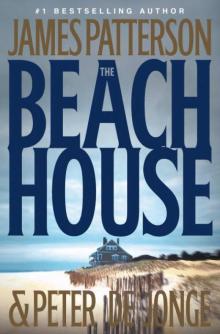 The Beach House
The Beach House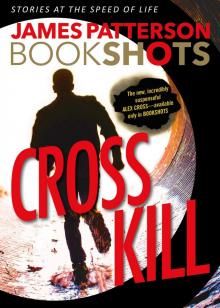 Cross Kill
Cross Kill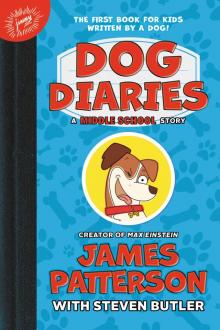 Dog Diaries
Dog Diaries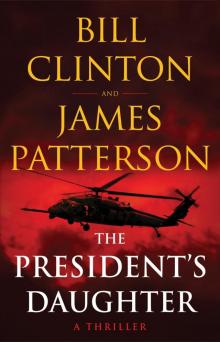 The President's Daughter
The President's Daughter Happy Howlidays
Happy Howlidays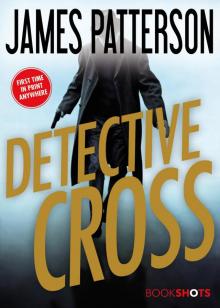 Detective Cross
Detective Cross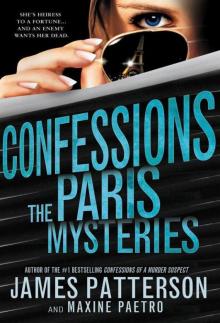 The Paris Mysteries
The Paris Mysteries Watch the Skies
Watch the Skies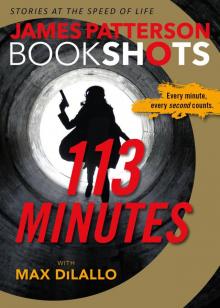 113 Minutes
113 Minutes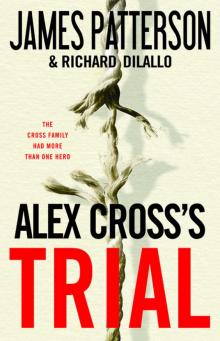 Alex Cross's Trial
Alex Cross's Trial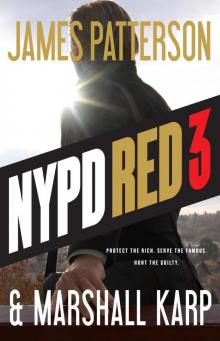 NYPD Red 3
NYPD Red 3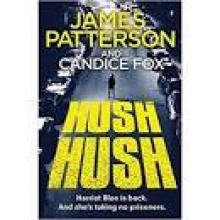 Hush Hush
Hush Hush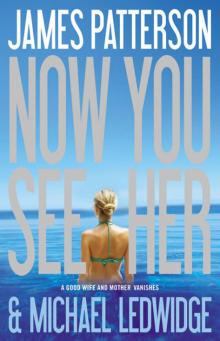 Now You See Her
Now You See Her Merry Christmas, Alex Cross
Merry Christmas, Alex Cross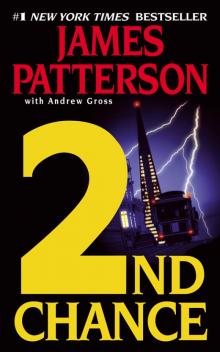 2nd Chance
2nd Chance Private Royals
Private Royals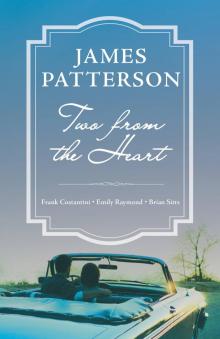 Two From the Heart
Two From the Heart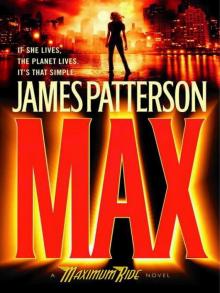 Max
Max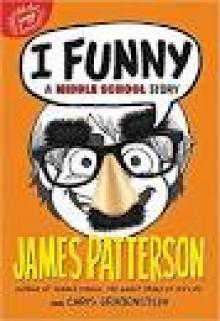 I, Funny
I, Funny Blindside (Michael Bennett)
Blindside (Michael Bennett) Sophia, Princess Among Beasts
Sophia, Princess Among Beasts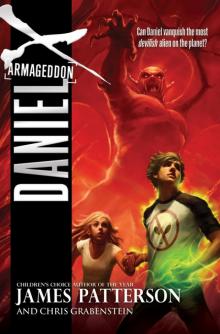 Armageddon
Armageddon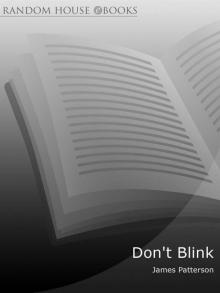 Don't Blink
Don't Blink NYPD Red 6
NYPD Red 6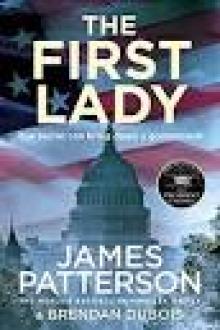 The First Lady
The First Lady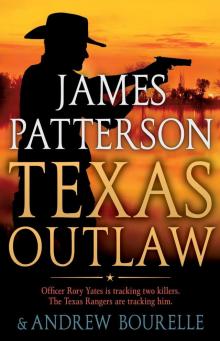 Texas Outlaw
Texas Outlaw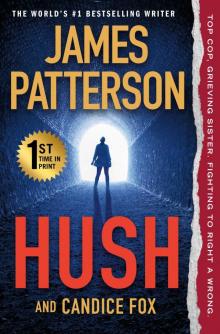 Hush
Hush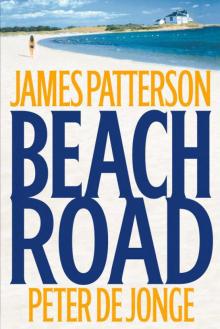 Beach Road
Beach Road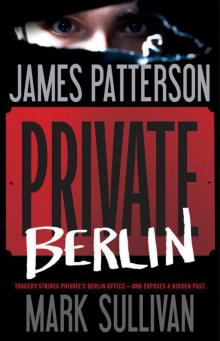 Private Berlin
Private Berlin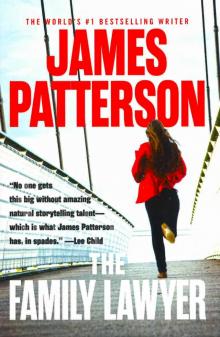 The Family Lawyer
The Family Lawyer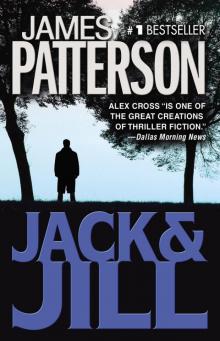 Jack & Jill
Jack & Jill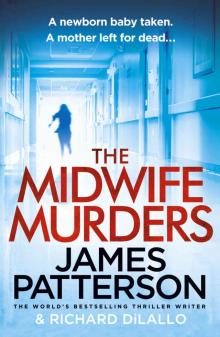 The Midwife Murders
The Midwife Murders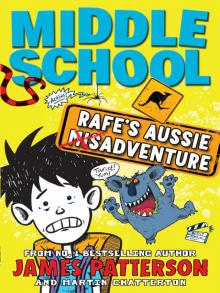 Middle School: Rafe's Aussie Adventure
Middle School: Rafe's Aussie Adventure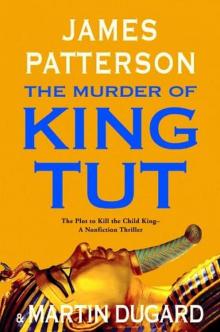 The Murder of King Tut: The Plot to Kill the Child King
The Murder of King Tut: The Plot to Kill the Child King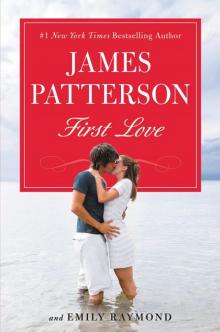 First Love
First Love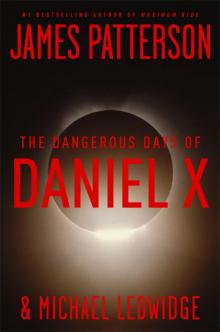 The Dangerous Days of Daniel X
The Dangerous Days of Daniel X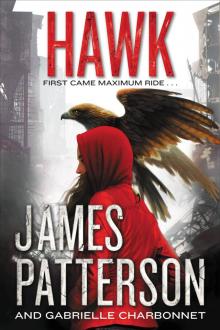 Hawk
Hawk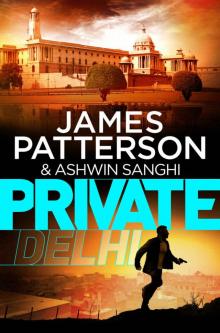 Private Delhi
Private Delhi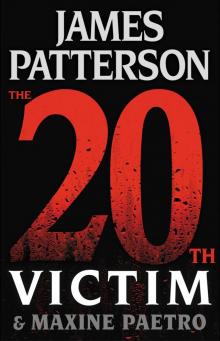 The 20th Victim
The 20th Victim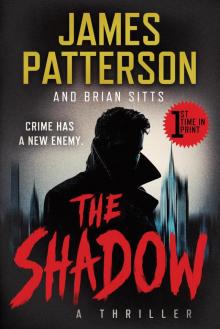 The Shadow
The Shadow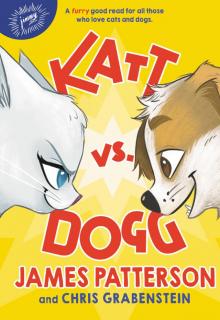 Katt vs. Dogg
Katt vs. Dogg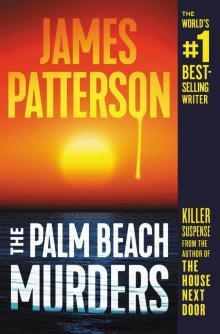 The Palm Beach Murders
The Palm Beach Murders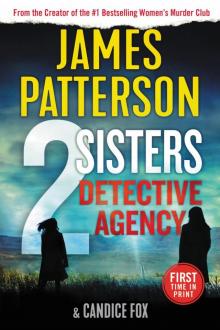 2 Sisters Detective Agency
2 Sisters Detective Agency Humans, Bow Down
Humans, Bow Down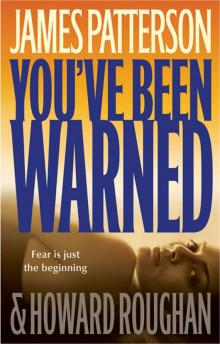 You've Been Warned
You've Been Warned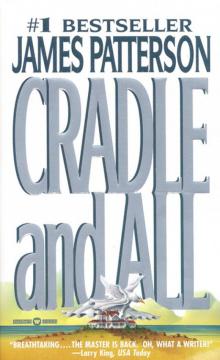 Cradle and All
Cradle and All 20th Victim: (Women’s Murder Club 20) (Women's Murder Club)
20th Victim: (Women’s Murder Club 20) (Women's Murder Club)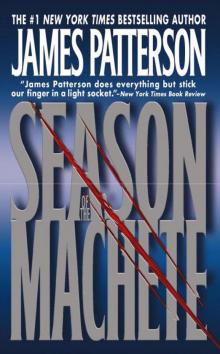 Season of the Machete
Season of the Machete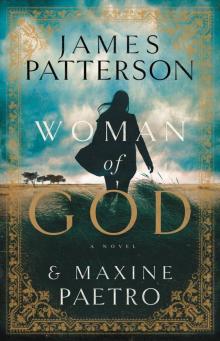 Woman of God
Woman of God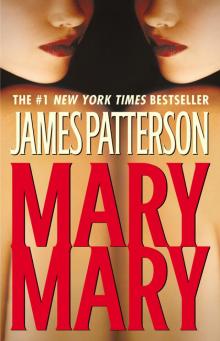 Mary, Mary
Mary, Mary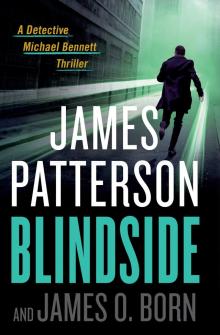 Blindside
Blindside Invisible
Invisible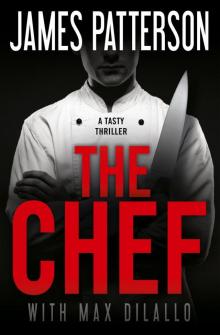 The Chef
The Chef Revenge
Revenge See How They Run
See How They Run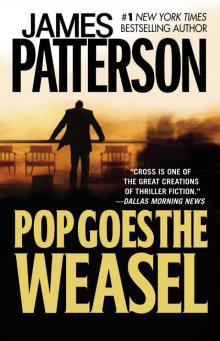 Pop Goes the Weasel
Pop Goes the Weasel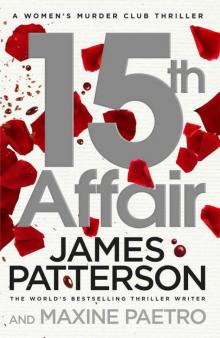 15th Affair
15th Affair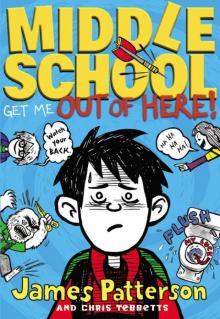 Middle School: Get Me Out of Here!
Middle School: Get Me Out of Here!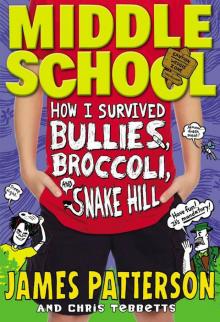 Middle School: How I Survived Bullies, Broccoli, and Snake Hill
Middle School: How I Survived Bullies, Broccoli, and Snake Hill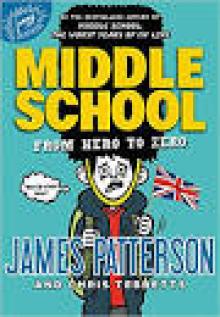 From Hero to Zero - Chris Tebbetts
From Hero to Zero - Chris Tebbetts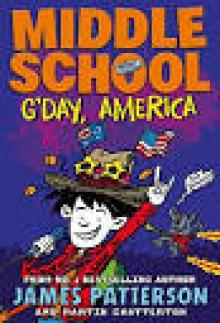 G'day, America
G'day, America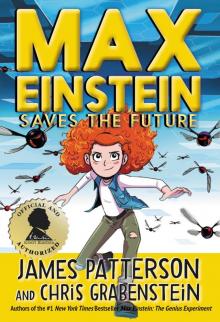 Max Einstein Saves the Future
Max Einstein Saves the Future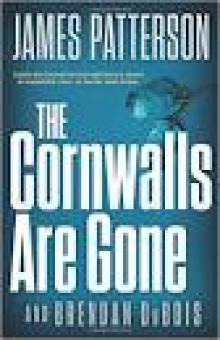 The Cornwalls Are Gone
The Cornwalls Are Gone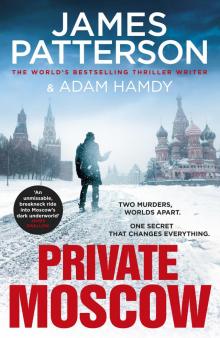 Private Moscow
Private Moscow Two Schools Out - Forever
Two Schools Out - Forever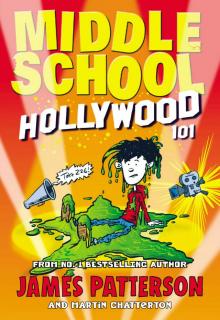 Hollywood 101
Hollywood 101 Deadly Cargo: BookShots
Deadly Cargo: BookShots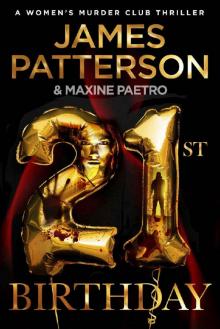 21st Birthday (Women's Murder Club)
21st Birthday (Women's Murder Club) The Sky Is Falling
The Sky Is Falling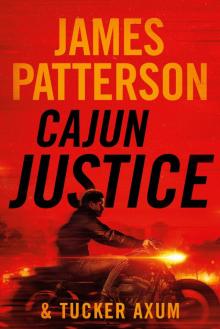 Cajun Justice
Cajun Justice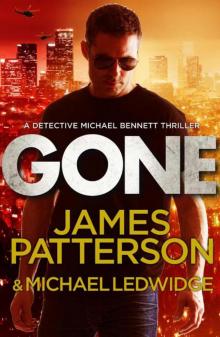 Bennett 06 - Gone
Bennett 06 - Gone The House of Kennedy
The House of Kennedy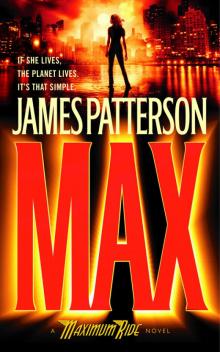 Waterwings
Waterwings Murder is Forever, Volume 2
Murder is Forever, Volume 2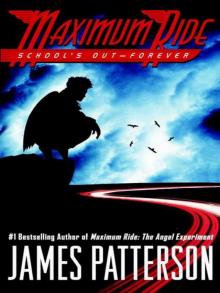 Maximum Ride 02
Maximum Ride 02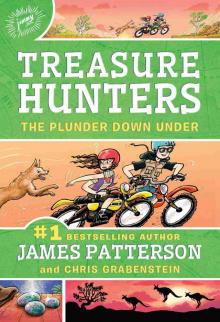 Treasure Hunters--The Plunder Down Under
Treasure Hunters--The Plunder Down Under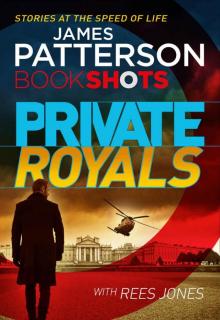 Private Royals: BookShots (A Private Thriller)
Private Royals: BookShots (A Private Thriller) After the End
After the End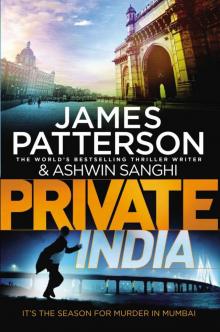 Private India: (Private 8)
Private India: (Private 8) Escape to Australia
Escape to Australia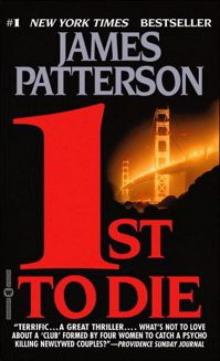 WMC - First to Die
WMC - First to Die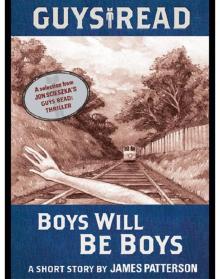 Boys Will Be Boys
Boys Will Be Boys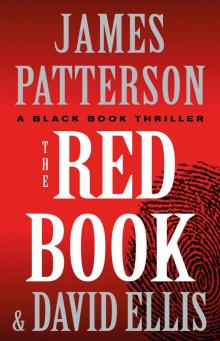 The Red Book
The Red Book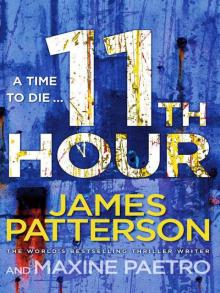 11th hour wmc-11
11th hour wmc-11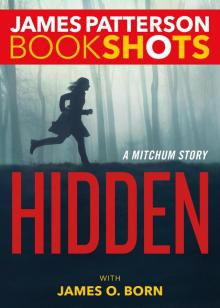 Hidden
Hidden You've Been Warned--Again
You've Been Warned--Again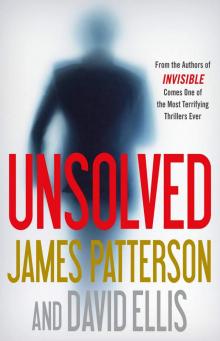 Unsolved
Unsolved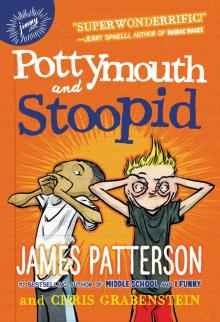 Pottymouth and Stoopid
Pottymouth and Stoopid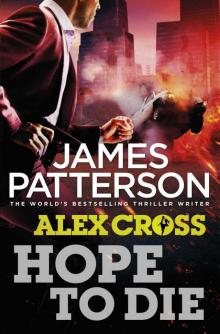 Hope to Die: (Alex Cross 22)
Hope to Die: (Alex Cross 22) The Moores Are Missing
The Moores Are Missing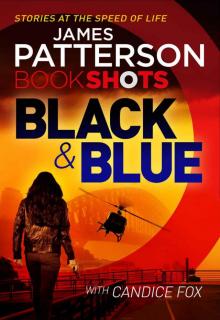 Black & Blue: BookShots (Detective Harriet Blue Series)
Black & Blue: BookShots (Detective Harriet Blue Series)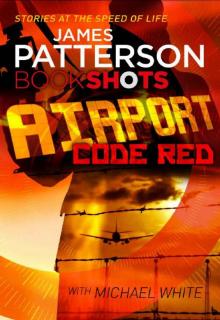 Airport - Code Red: BookShots
Airport - Code Red: BookShots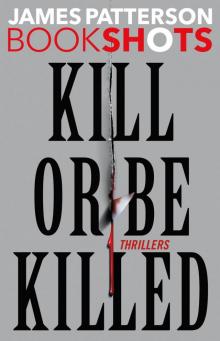 Kill or Be Killed
Kill or Be Killed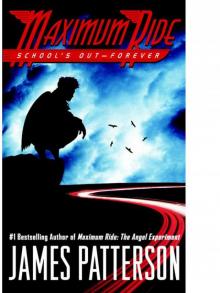 School's Out--Forever
School's Out--Forever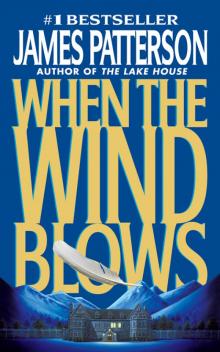 When the Wind Blows
When the Wind Blows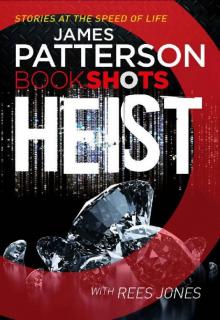 Heist: BookShots
Heist: BookShots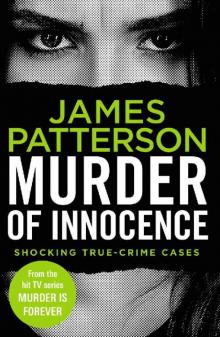 Murder of Innocence (Murder Is Forever)
Murder of Innocence (Murder Is Forever)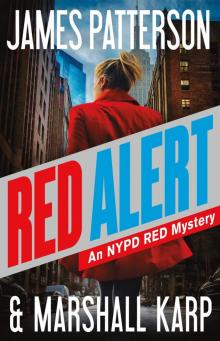 Red Alert_An NYPD Red Mystery
Red Alert_An NYPD Red Mystery Malicious
Malicious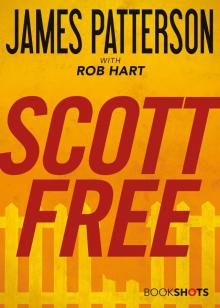 Scott Free
Scott Free The Summer House
The Summer House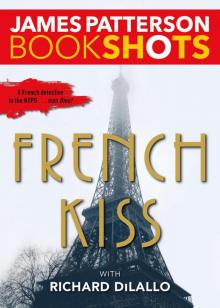 French Kiss
French Kiss Treasure Hunters
Treasure Hunters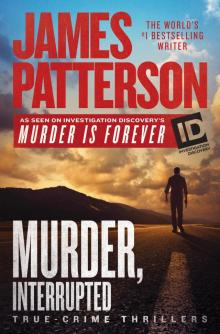 Murder Is Forever, Volume 1
Murder Is Forever, Volume 1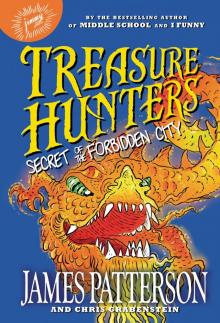 Secret of the Forbidden City
Secret of the Forbidden City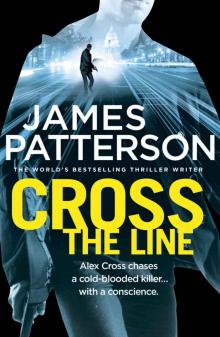 Cross the Line: (Alex Cross 24)
Cross the Line: (Alex Cross 24)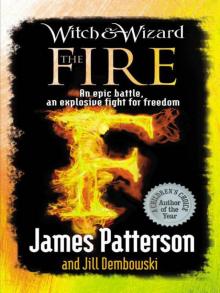 Witch & Wizard: The Fire
Witch & Wizard: The Fire![Women's Murder Club [06] The 6th Target Read online](http://i1.bookreadfree.com/i/03/24/womens_murder_club_06_the_6th_target_preview.jpg) Women's Murder Club [06] The 6th Target
Women's Murder Club [06] The 6th Target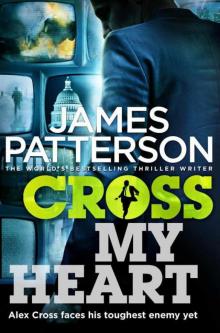 Cross My Heart ac-21
Cross My Heart ac-21 Alex Cross’s Trial ак-15
Alex Cross’s Trial ак-15 Alex Cross 03 - Jack & Jill
Alex Cross 03 - Jack & Jill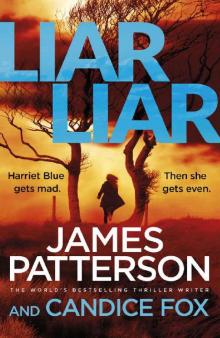 Liar Liar: (Harriet Blue 3) (Detective Harriet Blue Series)
Liar Liar: (Harriet Blue 3) (Detective Harriet Blue Series) Cross Country ак-14
Cross Country ак-14 Honeymoon h-1
Honeymoon h-1 Maximum Ride: The Angel Experiment
Maximum Ride: The Angel Experiment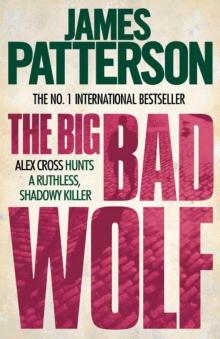 The Big Bad Wolf ак-9
The Big Bad Wolf ак-9 Dead Heat: BookShots (Book Shots)
Dead Heat: BookShots (Book Shots)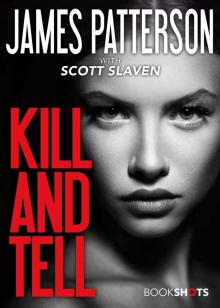 Kill and Tell
Kill and Tell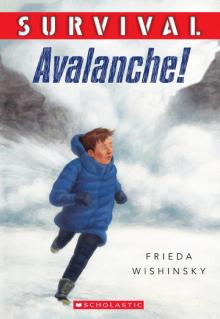 Avalanche
Avalanche Robot Revolution
Robot Revolution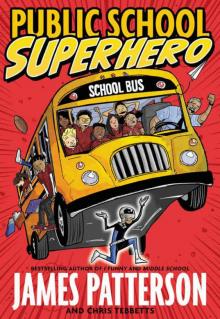 Public School Superhero
Public School Superhero 12th of Never
12th of Never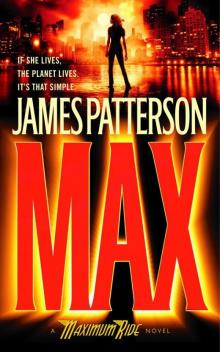 Max: A Maximum Ride Novel
Max: A Maximum Ride Novel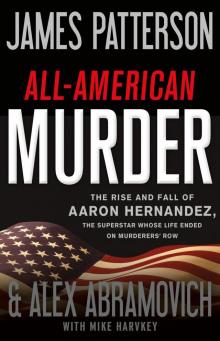 All-American Murder
All-American Murder Murder Games
Murder Games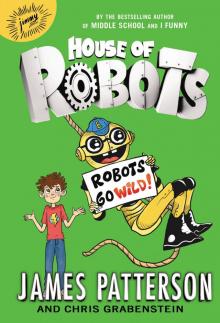 Robots Go Wild!
Robots Go Wild!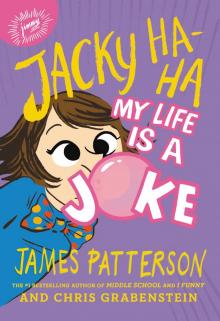 My Life Is a Joke
My Life Is a Joke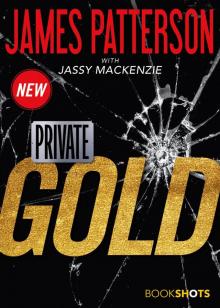 Private: Gold
Private: Gold Demons and Druids
Demons and Druids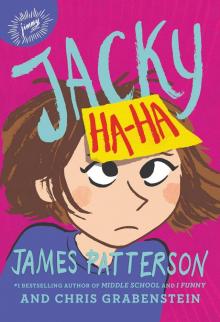 Jacky Ha-Ha
Jacky Ha-Ha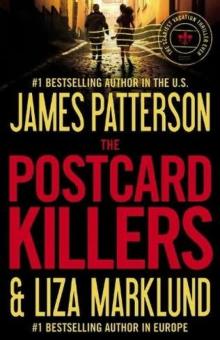 Postcard killers
Postcard killers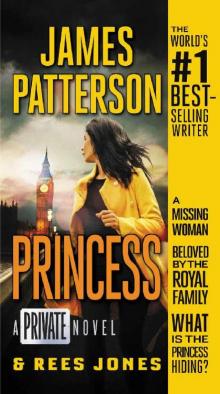 Princess: A Private Novel
Princess: A Private Novel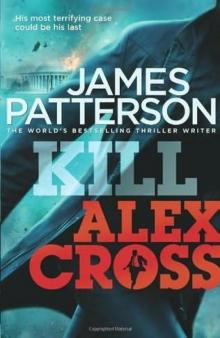 Kill Alex Cross ac-18
Kill Alex Cross ac-18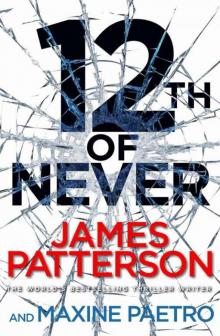 12th of Never wmc-12
12th of Never wmc-12 The Murder of King Tut
The Murder of King Tut I Totally Funniest
I Totally Funniest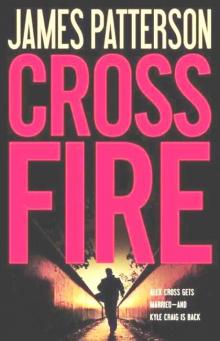 Cross Fire ак-17
Cross Fire ак-17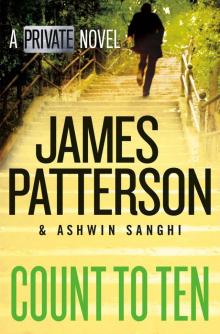 Count to Ten
Count to Ten![Women's Murder Club [10] 10th Anniversary Read online](http://i1.bookreadfree.com/i1/03/30/womens_murder_club_10_10th_anniversary_preview.jpg) Women's Murder Club [10] 10th Anniversary
Women's Murder Club [10] 10th Anniversary![Women's Murder Club [01] 1st to Die Read online](http://i1.bookreadfree.com/i1/03/31/womens_murder_club_01_1st_to_die_preview.jpg) Women's Murder Club [01] 1st to Die
Women's Murder Club [01] 1st to Die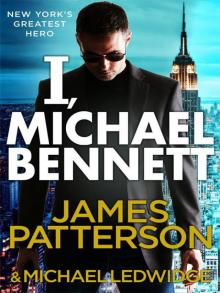 I, Michael Bennett mb-5
I, Michael Bennett mb-5 Nooners
Nooners![Women's Murder Club [08] The 8th Confession Read online](http://i1.bookreadfree.com/i1/04/03/womens_murder_club_08_the_8th_confession_preview.jpg) Women's Murder Club [08] The 8th Confession
Women's Murder Club [08] The 8th Confession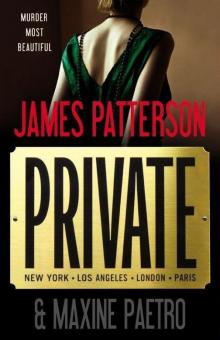 Private jm-1
Private jm-1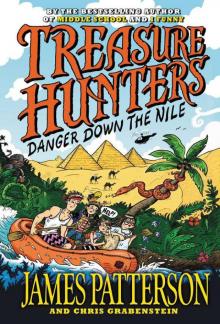 Treasure Hunters: Danger Down the Nile
Treasure Hunters: Danger Down the Nile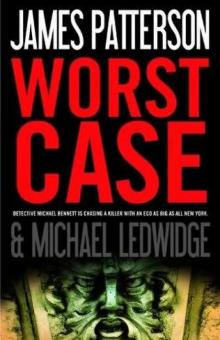 Worst Case mb-3
Worst Case mb-3 Don’t Blink
Don’t Blink The Games
The Games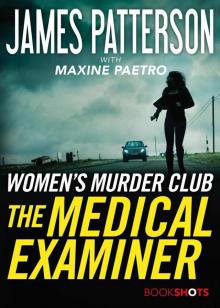 The Medical Examiner: A Women's Murder Club Story
The Medical Examiner: A Women's Murder Club Story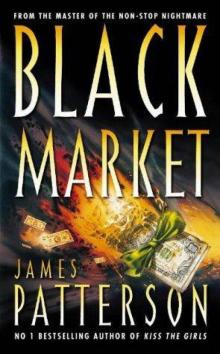 Black Market
Black Market Gone mb-6
Gone mb-6![Women's Murder Club [02] 2nd Chance Read online](http://i1.bookreadfree.com/i1/04/04/womens_murder_club_02_2nd_chance_preview.jpg) Women's Murder Club [02] 2nd Chance
Women's Murder Club [02] 2nd Chance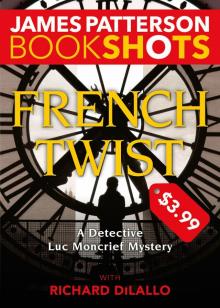 French Twist
French Twist Kenny Wright
Kenny Wright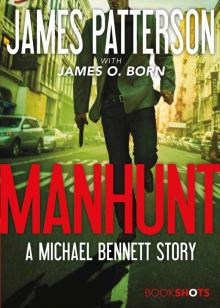 Manhunt: A Michael Bennett Story
Manhunt: A Michael Bennett Story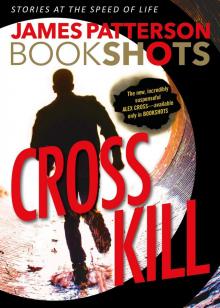 Cross Kill: An Alex Cross Story
Cross Kill: An Alex Cross Story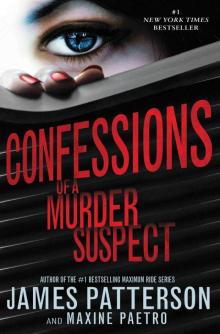 Confessions of a Murder Suspect td-1
Confessions of a Murder Suspect td-1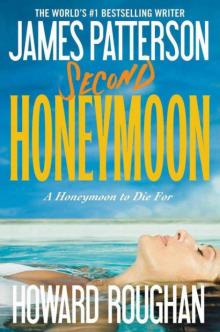 Second Honeymoon h-2
Second Honeymoon h-2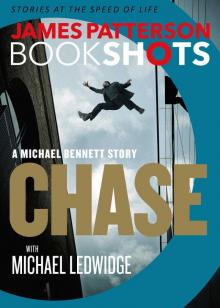 Chase_A BookShot_A Michael Bennett Story
Chase_A BookShot_A Michael Bennett Story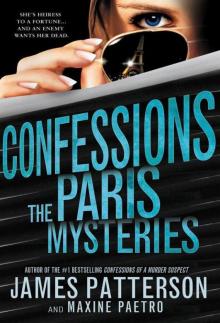 Confessions: The Paris Mysteries
Confessions: The Paris Mysteries![Women's Murder Club [09] The 9th Judgment Read online](http://i1.bookreadfree.com/i2/04/08/womens_murder_club_09_the_9th_judgment_preview.jpg) Women's Murder Club [09] The 9th Judgment
Women's Murder Club [09] The 9th Judgment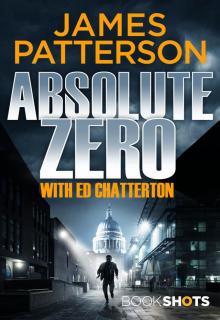 Absolute Zero
Absolute Zero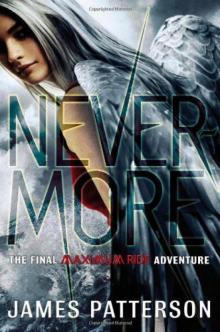 Nevermore: The Final Maximum Ride Adventure mr-8
Nevermore: The Final Maximum Ride Adventure mr-8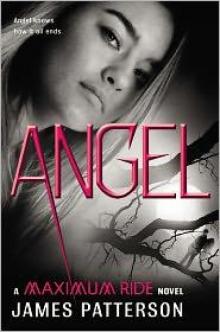 Angel: A Maximum Ride Novel mr-7
Angel: A Maximum Ride Novel mr-7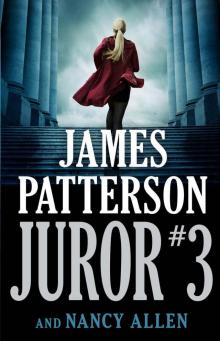 Juror #3
Juror #3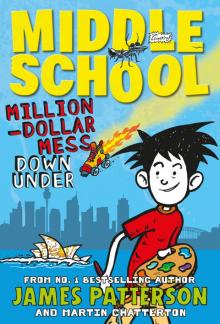 Million-Dollar Mess Down Under
Million-Dollar Mess Down Under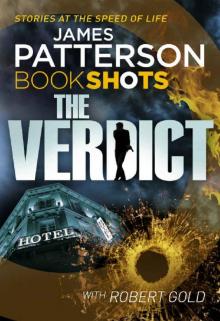 The Verdict: BookShots (A Jon Roscoe Thriller)
The Verdict: BookShots (A Jon Roscoe Thriller)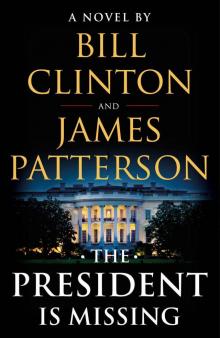 The President Is Missing: A Novel
The President Is Missing: A Novel![Women's Murder Club [04] 4th of July Read online](http://i1.bookreadfree.com/i2/04/06/womens_murder_club_04_4th_of_july_preview.jpg) Women's Murder Club [04] 4th of July
Women's Murder Club [04] 4th of July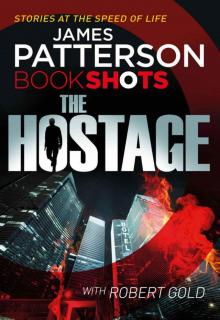 The Hostage: BookShots (Hotel Series)
The Hostage: BookShots (Hotel Series)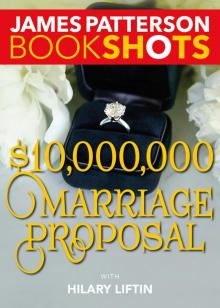 $10,000,000 Marriage Proposal
$10,000,000 Marriage Proposal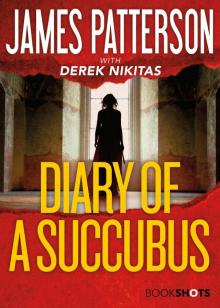 Diary of a Succubus
Diary of a Succubus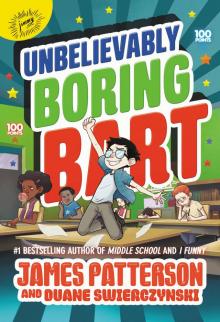 Unbelievably Boring Bart
Unbelievably Boring Bart Angel: A Maximum Ride Novel
Angel: A Maximum Ride Novel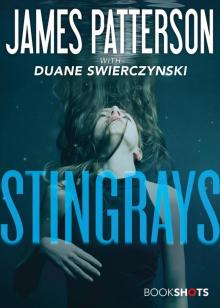 Stingrays
Stingrays Confessions: The Private School Murders
Confessions: The Private School Murders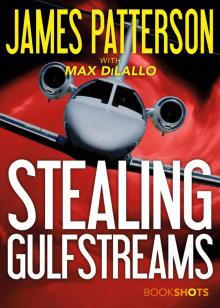 Stealing Gulfstreams
Stealing Gulfstreams![Women's Murder Club [05] The 5th Horseman Read online](http://i1.bookreadfree.com/i2/04/05/womens_murder_club_05_the_5th_horseman_preview.jpg) Women's Murder Club [05] The 5th Horseman
Women's Murder Club [05] The 5th Horseman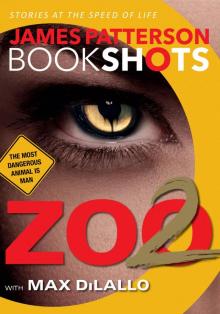 Zoo 2
Zoo 2 Jack Morgan 02 - Private London
Jack Morgan 02 - Private London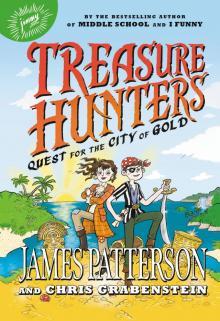 Treasure Hunters--Quest for the City of Gold
Treasure Hunters--Quest for the City of Gold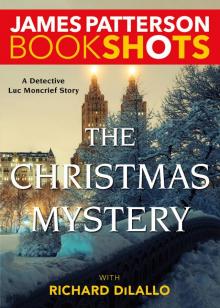 The Christmas Mystery
The Christmas Mystery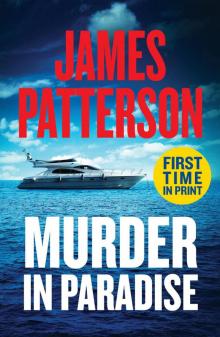 Murder in Paradise
Murder in Paradise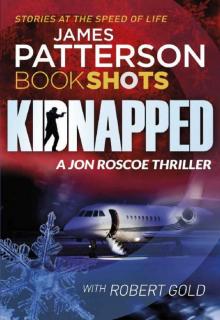 Kidnapped: BookShots (A Jon Roscoe Thriller)
Kidnapped: BookShots (A Jon Roscoe Thriller) Triple Homicide_Thrillers
Triple Homicide_Thrillers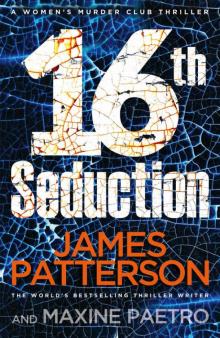 16th Seduction: (Women’s Murder Club 16) (Women's Murder Club)
16th Seduction: (Women’s Murder Club 16) (Women's Murder Club)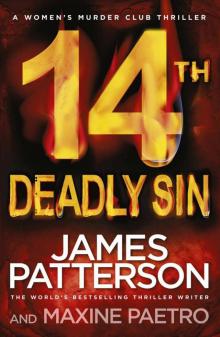 14th Deadly Sin: (Women’s Murder Club 14)
14th Deadly Sin: (Women’s Murder Club 14)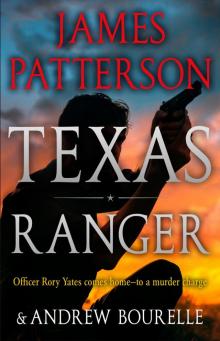 Texas Ranger
Texas Ranger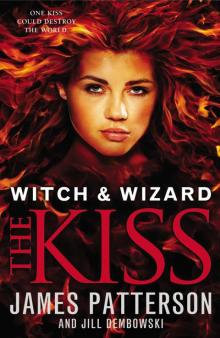 Witch & Wizard 04 - The Kiss
Witch & Wizard 04 - The Kiss![Women's Murder Club [03] 3rd Degree Read online](http://i1.bookreadfree.com/i2/04/12/womens_murder_club_03_3rd_degree_preview.jpg) Women's Murder Club [03] 3rd Degree
Women's Murder Club [03] 3rd Degree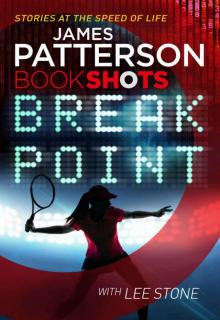 Break Point: BookShots
Break Point: BookShots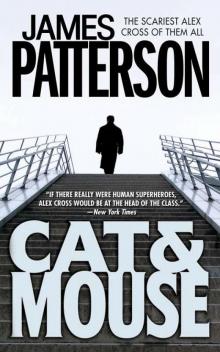 Alex Cross 04 - Cat & Mouse
Alex Cross 04 - Cat & Mouse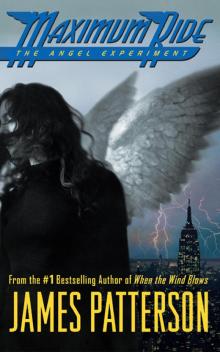 Maximum Ride
Maximum Ride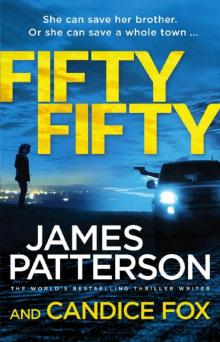 Fifty Fifty: (Harriet Blue 2) (Detective Harriet Blue Series)
Fifty Fifty: (Harriet Blue 2) (Detective Harriet Blue Series)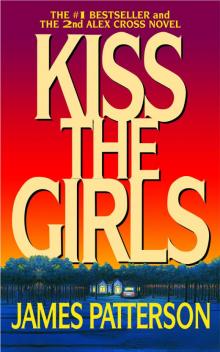 Alex Cross 02 - Kiss the Girls
Alex Cross 02 - Kiss the Girls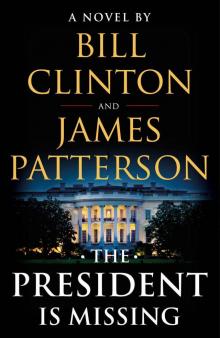 The President Is Missing
The President Is Missing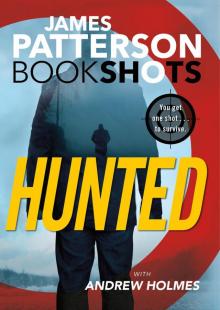 Hunted
Hunted House of Robots
House of Robots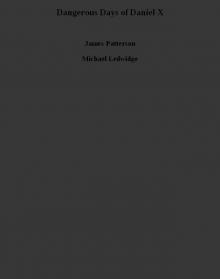 Dangerous Days of Daniel X
Dangerous Days of Daniel X Tick Tock mb-4
Tick Tock mb-4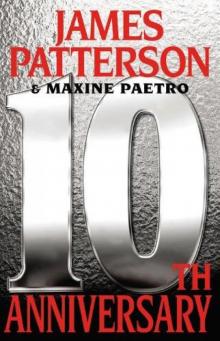 10th Anniversary wmc-10
10th Anniversary wmc-10 The Exile
The Exile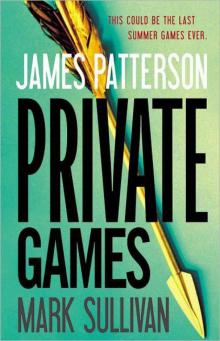 Private Games-Jack Morgan 4 jm-4
Private Games-Jack Morgan 4 jm-4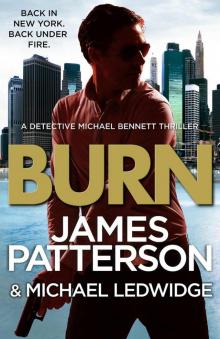 Burn: (Michael Bennett 7)
Burn: (Michael Bennett 7)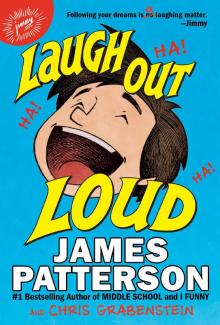 Laugh Out Loud
Laugh Out Loud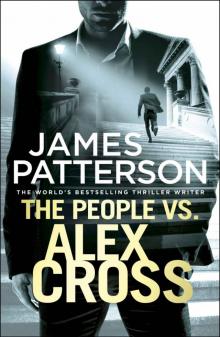 The People vs. Alex Cross: (Alex Cross 25)
The People vs. Alex Cross: (Alex Cross 25)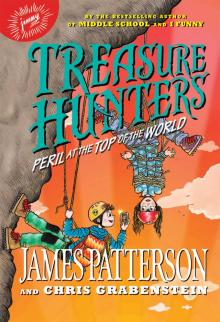 Peril at the Top of the World
Peril at the Top of the World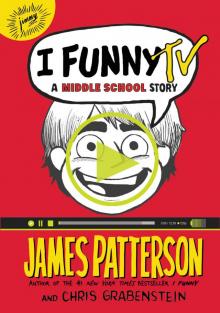 I Funny TV
I Funny TV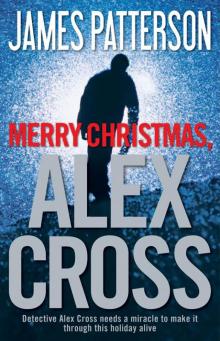 Merry Christmas, Alex Cross ac-19
Merry Christmas, Alex Cross ac-19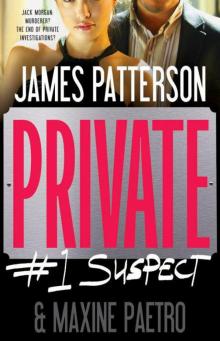 #1 Suspect jm-3
#1 Suspect jm-3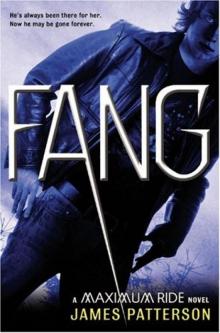 Fang: A Maximum Ride Novel
Fang: A Maximum Ride Novel![Women's Murder Club [07] 7th Heaven Read online](http://i1.bookreadfree.com/i2/04/13/womens_murder_club_07_7th_heaven_preview.jpg) Women's Murder Club [07] 7th Heaven
Women's Murder Club [07] 7th Heaven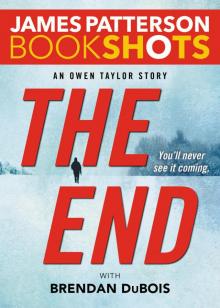 The End
The End